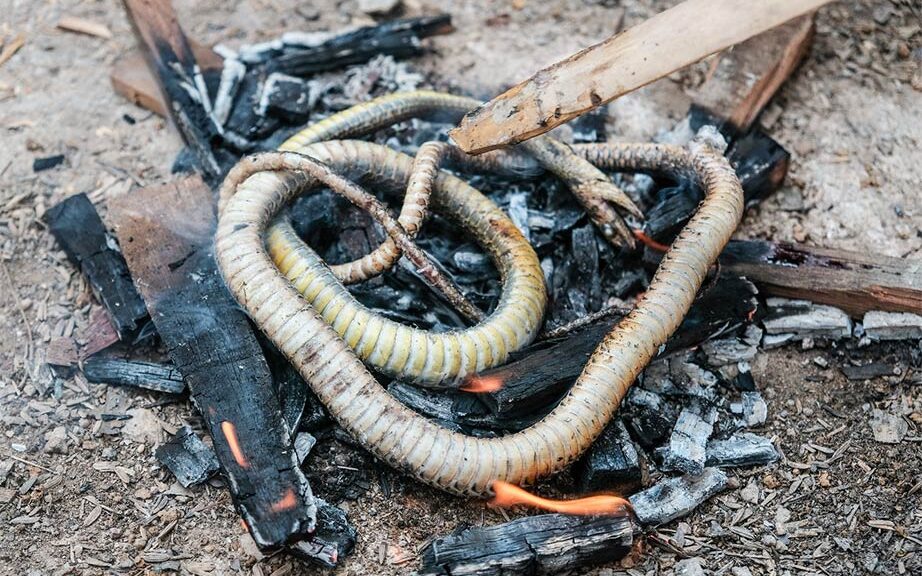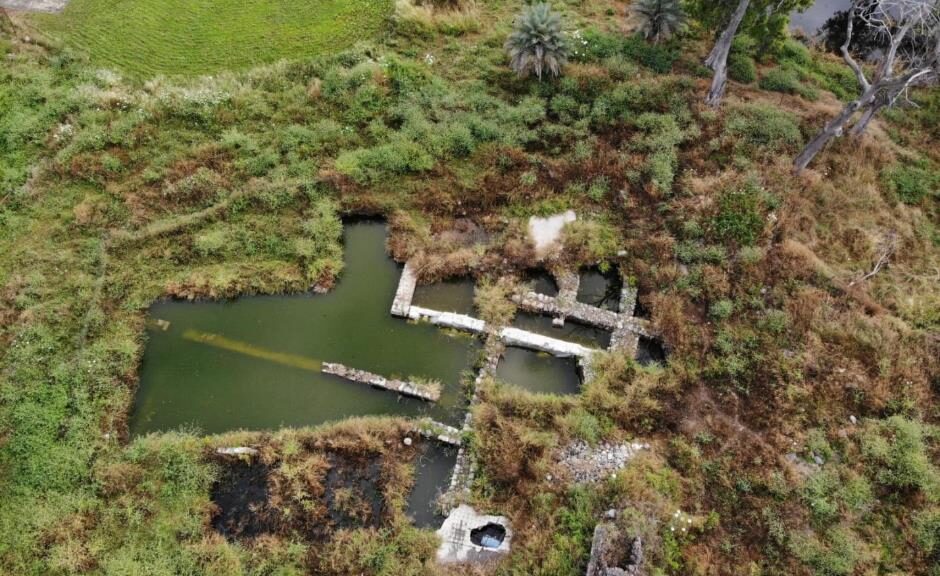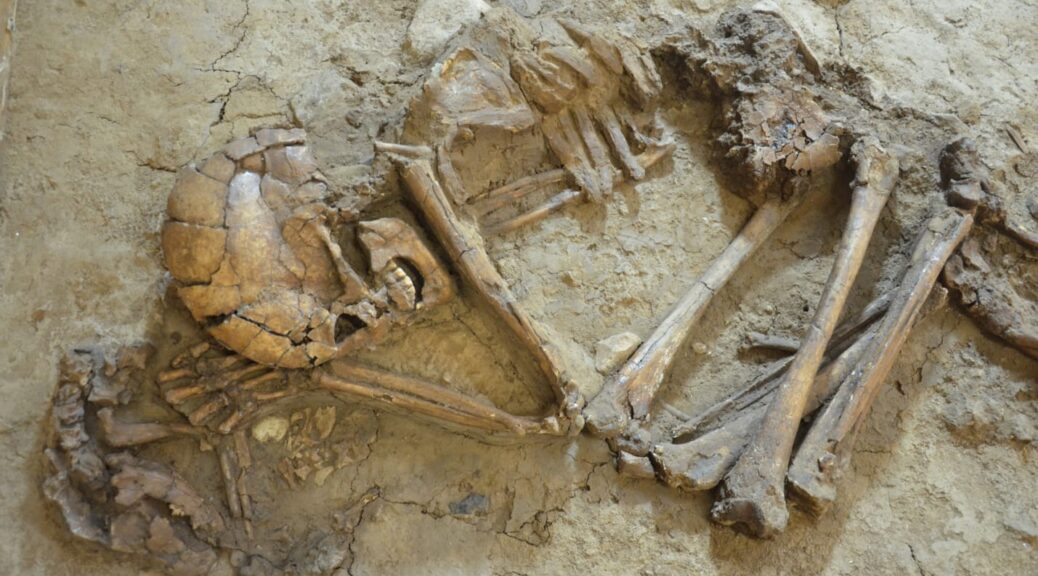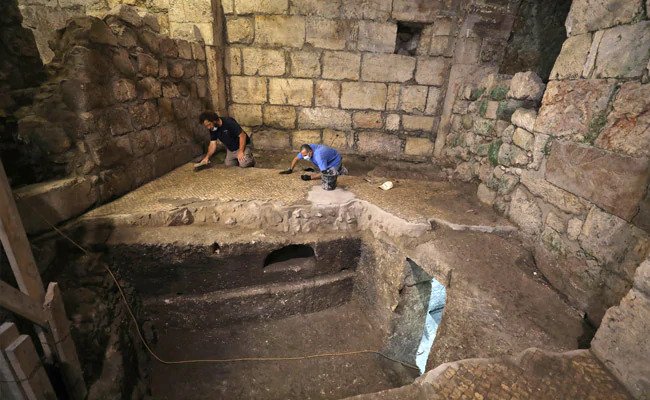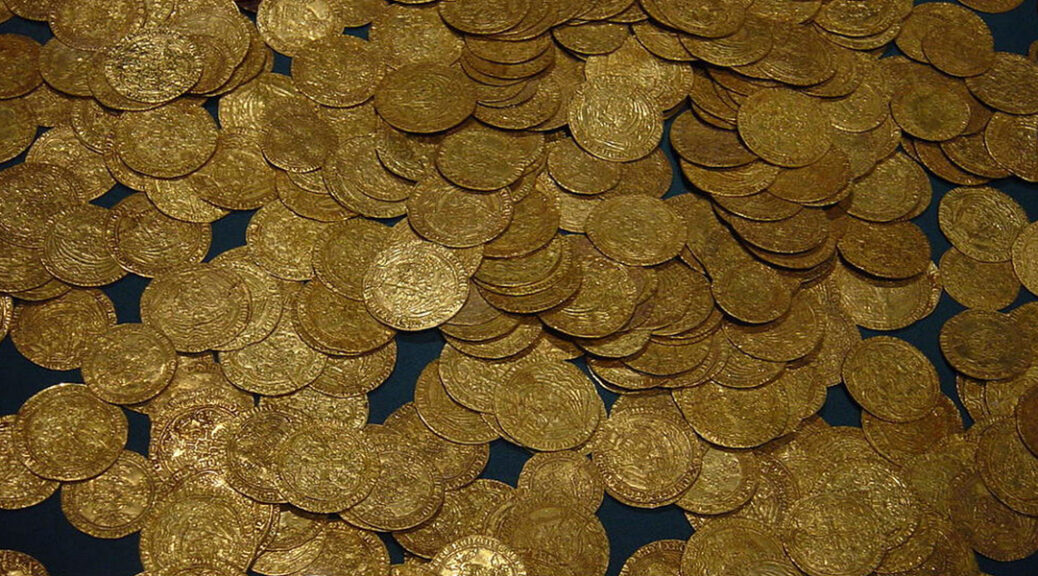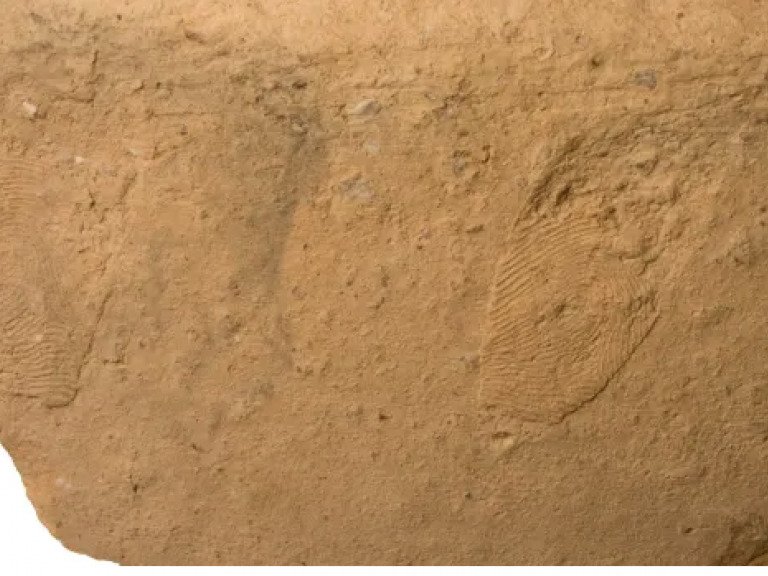15,000 Years Ago, Humans in Israel Ate Snakes and Lizards
New research suggests ancient humans living in what is now Israel regularly dined on lizards and snakes, reports Luke Tress for the Times of Israel.
These people may have developed a taste for reptiles in order to find enough food as they transitioned to living in more permanent settlements ahead of the advent of agriculture.
Published last week in the journal Scientific Reports, the study examines 15,000-year-old fossilized lizard and snake bones found at the el-Wad Terrace cave near Mount Carmel in Israel. El-Wad is situated within the Nahal Me’arot Nature Preserve, which contains a network of caves that provides a window into 500,000 years of human evolution, according to Unesco.

The research centers on excavations at a more recent site attributed to the Natufian culture, which was active in modern-day Israel, Jordan, Lebanon, Syria, and Palestine between 15,000 and 11,500 years ago, per the University of Haifa’s Zinman Institute of Archaeology.
The Natufians are thought to be among the first humans to construct permanent houses and cultivate plants as food, reported Daniel K. Eisenbud for the Jerusalem Post in 2017.
To date, digs at the el-Wad cave have yielded flint and grinding tools, human burials, architectural remains, and animal bones. Though archaeologists can use markings on the bones of larger animals like rabbits or bears to discern if they were butchered for human consumption, smaller lizard and snake bones are more difficult to assess, according to the Times of Israel.
“From the beginning, our excavations in the site of el-Wad Terrace revealed lots of bones of snakes and lizards, usually the vertebras,” study co-author Reuven Yeshurun, an archaeologist at the Universit of Haifa, tells Rossella Tercatin of the Jerusalem Post. “We found them almost every day. We became really curious to understand if people ate them or if they had gotten there by some other process.”

To investigate the reptilian vertebrae’s origins, the team conducted a rather unorthodox set of experiments aimed at determining how different processes changed the bones’ structure and appearance.
“We roasted modern snakes’ vertebras in the oven; we tried to chop them and so forth,” Yeshurun tells the Jerusalem Post.
He and his colleagues also exposed the bones to acids that approximated digestion, trampled them, and exposed them to various weather conditions.
After comparing the modern bones with the ancient samples, the researchers posited that the Natufians did, in fact, dine on the many snakes and lizards found near their settlements. Per the paper, reptile species on the group’s menu included the European glass lizard and the large whipsnake.

“They were still hunter-gatherers and did not know how to produce food, but they still lived in permanent small communities,” the team tells the Jerusalem Post.
“For this reason, they really needed to come up with numerous methods to procure food. One of the things they did was capturing and eating almost everything. Now we can add a new item to their menu.”
The reptile remains found at el-Wad may represent a combination of leftovers from ancient feasts and animal bones that accumulated naturally over time, reports the Jerusalem Post.
Though the team detected signs of human consumption on nonpoisonous species’ remains, they were unable to identify similar markings on poisonous species, suggesting these reptiles may have died of natural causes.
“We know from historical sources that people ate snakes in the Middle Ages, but until now there was no evidence that they did so 15,000 years ago,” Yeshurun tells the Times of Israel. “It’s very possible that with the help of the method we have developed we’ll find even earlier evidence.”
